|
Along with our Shepherd's Pie each year, Lisa makes a wonderful Irish Soda Bread--one of the best I've ever tasted. Here is here recipe so you can put together the complete Irish feast...
Mama Lisa's Irish Soda Bread Ingredients
Directions
Irish soda bread is fantastic with some salted Irish butter (available at most supermarkets nowadays) or used as a scarpetta while eating your Shepherd's Pie. That's the way we Italians do it... Happy St. Patrick's Day! --Jerry Finzi You can also follow Grand Voyage Italy on: Google+ StumbleUpon Tumblr
1 Comment
In Italy Easter is called Pasqua and is a time for celebration and breaking the Lenten fast. In Italy, spring comes early, the weather is wonderful and the scent of flowers blossoming are everywhere. Pasqua is a time for feasting with la famiglia. The Monday after Easter Sunday is a national holiday called Pasquetta (Little Easter), when most businesses close and workers spend the day at home with their family. There are many types of celebration sweet pane (breads) and savory torte (cakes or tarts) in Italy, many of which made from family recipes handed down from generation to generation--often hundreds of years old. Some are known all over Italy while others are regional or local traditional recipes. Here are some of the more popular treats with links to their traditional Italian recipes. If you need translations you can always cut and paste the text of each recipe into Google Translate. Enjoy... and Buona Pasqua! Nutella Peanut Butter French Toast We Italians often look for connections to St. Patrick so that we can take part in the great celebrations on St. Patrick's Day... the parades, the beer, the music, the dance and of course, the food. We'll even wear green on his day (perhaps with a little white and red too). Here are some reasons to connect St Patrick to Italians and Romans:
Ok, so maybe I'm stretching a bit here, but on St. Patrick's Day in our home, we go all out and become Irish. Sure, we might wear green (if we remember to), but the more obvious thing is the music and food. We've always loved traditional Irish music. In fact, as I write this, we are getting ready to go to a Chieftains concert tonight. Lisa and I have seen the Chieftains several times before, but this is our wee lad Lucas' first time. On St. Patrick's Day we play nothing but Irish and Celtic music. (Oh... that's right, both the Italians and the Irish play a type of bagpipe... another connection! Read our Bagpipe article HERE.) The other Irish tradition we have is very Italian, I think. Eating. Each year I make a great Shepherd's Pie while Lisa makes an Irish Soda Bread. For drink, it's Harp lager--not wine. All that's missing is the Blarney Stone. A couple of years ago we made a mistake and invited some friends over to share in our Irish feast, but the evening left us without any leftovers! We're now very selfish about our Shepherd's Pie.... locking the doors, turning the music up high, watching the St. Patrick's Day Parade saved on our TIVO and filling our bellies with the Irish starchy equivalent of pasta--potatoes! Here's my take on Shepherd's Pie... Babbo Finzi's Shepherd's Pie Use an larger size pie plate (we use Emile Henry's 11") or a casserole equivalent to a half size lasagna pan. Ingredients 1 1/2 pounds Lean Ground beef 1/2 teaspoon nutmeg 1 tablespoon olive oil 1 medium onion, diced 1 tablespoon sugar 1 cup carrots, 1/2-inch dice 1 cup sliced celery, 1/4-inch dice 2 cloves garlic, sliced (not crushed) thinly 8 ounces diced tomatoes (Canned Italian style) 11 ounces canned corn (Green Giant Shoepeg is our favorite) 1 14 ounce can Italian flat beans (Del Monte Italian Cut, if canned) 1 cup beer (Harp Lager, etc.) 1 cup beef broth 2-3 bay leaves (remember to remove them before filling your pie!) 1 teaspoon salt 1/2 teaspoon fresh ground pepper (40 cracks with a pepper mill) 1 tablespoon cornstarch (make a light paste by adding cold water to thicken, as needed) 3 pounds, peeled potatoes (Yukon Gold preferred) boil until tender 1 tablespoon margarine, Parkay Squeeze (substitute butter if cholesterol isn't an issue) 2 tablespoons salt 1/2 cup cheddar cheese, shredded (we use packaged Irish Dubliner) Directions
Putting The Shepherd's Pie Together & Baking
Remove from the oven and set aside to cool down a bit before serving. A fruity nut bread or Irish Soda bread goes great with this dish. A green salad is also a great side dish. We like to have a nice Irish lager, like Harp with it... Lucas like's having a glass of sparkling cider. Lá Shona Fhéile Pádraig!
(Happy St. Patrick's Day!) Click on the photo above to play the video of spaghetti being harvested I'm not a gullible man. Even as a boy, I wasn't one to believe everything I was told... I always asked questions. I read books, and my entire set of encyclopedia and my Atlas. I loved science and the arts. But as an 12 year old watching the old Jack Parr show in 1963, I tended to to go by the old adage, "Seeing is believing"--especially if you see it on TV! What I saw was a very legitimate sounding short documentary film with a very scholarly, British voice talking about the spaghetti harvest in Switzerland, but then mentioning the "tremendous scale of the Italian's... (harvest)" and the "vast spaghetti plantations in the Po valley". From that point on, until I was in my early twenties, I actually believed there was some sort of special tree or bush in Italy that produced some sort of spaghetti... fruit, pod or otherwise. It wasn't until I saw Jack Parr himself talking about the hoax on the Tonight Show in the early 1970s that I learned the embarrassing truth--a "truth" that I would argue about with my non-Italian friends growing up. Parr claimed they didn't get a single call about the segment--that people bought it hook, line and sinker. Ok, so maybe I was a bit gullible. But it was a very convincing documentary film, produced originally as a serious film for, of all things, a news show... and besides, I was only 12! On April 1, 1957--April F0ol's Day--the BBC television show Panorama aired the short "documentary" about the "spaghetti harvest" in Ticino, Switzerland. The film shows spaghetti trees ripe with long strands of spaghetti and a Swiss farming family harvesting by hand, putting the spaghetti into baskets and then carefully laying them out to dry in the "warm Alpine sun." Some viewers bought it entirely and called BBC to find out where they could buy some of the "real spaghetti". Many British gardeners wanted to know how to buy a spaghetti bush for their own garden. Others were very angry that a joke was portrayed as a serious subject on a real news program. Still others--like me--just tucked this into their knowledge banks, unquestioningly and carried it as a "truth" throughout their lives, being even more convinced every time they heard the expression "fresh pasta"... of course, that must be referring to the real stuff fresh picked from the trees! What did I know. Neither my Mother or Grandmother even made fresh spaghetti... only home made ravioli from time to time. I knew they didn't grow on trees! All I ever saw growing up was dried, boxed spaghetti--you know, the fake stuff. The following video gives a behind the scenes take on the Spaghetti Hoax story from a member of the Panorama production team who came up with the idea... The next video shows a further chapter of this hoax broadcast in 1967 in Britain explaining how the spaghetti crop was being ruined by a terrible pest--the spag-worm, or "troglodyte pasta" (of course, a troglodyte refers to a person so stupid because he lives in a cave). And then in 1978, San Giorgio Pasta produced a remake of the Spaghetti Hoax for one of their TV ads... And finally, cooking know-it-all, Martha Stewart (I'm not a fan) got into the act in 2009 with her own little spoof about her Spaghetti Bush, spago officinalis ("official string") trees. Well, I've had a lot more culinary education since being misled by that little April Fool's prank when I was young and impressionable: my Mom and Dad taught with every loving dish they put in front of me; Grandma taught me her authenticity; having home and studio in Manhattan for so many years where varied cuisines are around every corner also taught me; In my 30s, I finally learned how to cook from Julia Child, Craig Clairborne, Marcella Hazan, Mary Ann Esposito and Pierre Franey. I now make fresh pasta with my son, Lucas from time to time. And during our Voyage throughout Italy, I never saw a single strand of spaghetti on a bush, tree or vine. Ever. (I did look, just to be sure.) However, I have since learned that there are actually spaghetti alternatives that grow from Madre Terra. I even grew 2 foot long "snake" beans a few years ago that came pretty close. Here are a few veggie spaghetti alternatives... If you want to make your own, fresh "picked" veggie "spaghetti" at home, pick up a Premium Vegetable Spiralizer from Amazon. It's a lot easier than picking the spaghetti from the trees, collecting in baskets and spreading them out in the sun to dry...
(Damn you, Jack Parr!) --Jerry Finzi You can also follow Grand Voyage Italy on: Google+ StumbleUpon Tumblr There is an Italian specialty store called Altomonte's close to where we live, in a distant suburb of Philadelphia, that just opened a new 100,000 square foot store. We've been looking forward to their opening for six months or more. Their previous, smaller shop was our go-to shop for Italian imported cheese and cold cut delicacies like sausages, speck and guanciali. They even have their own version of Altamura bread. I also love their imported pastas, many from Puglia where my Dad was born.... although they are a bit expensive. But one offering I always thought was a bit strange... Tomato Pie. I just didn't get it. I'm not talking about the type of Tomato Pie made in the southern United States--the one shaped like an apple pie. This is more like a large Sicilian pizza, except without any cheese on top. But wait--it's not really pizza. At least not in my book. Being a north Jersey native, I never saw such an odd "pizza". 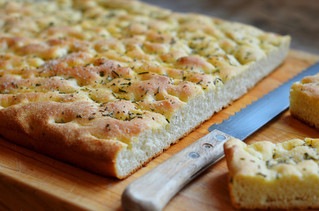 A typical rosemary Focaccia A typical rosemary Focaccia At a quick glance, it reminds me of a Sicilian pizza in Manhattan--1" thick crust and rectangular, cut into square pieces when served. But that's where the similarity ends. Sicilian pizza may be thick, but it's hot and steamy inside. Tomato Pie is normally served room temperature and is anything but steamy, and the slices are much larger. The thick crust is more like a Focaccia--less crusty and more bread-like than pizza. To my taste, this is a heavy bread dough. The proportion of bread to topping is way off--too much bread, not enough topping and texture. 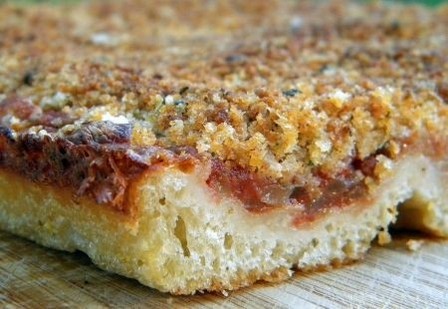 Authentic Sfincione Palermitano with bread crumbs topping it off Authentic Sfincione Palermitano with bread crumbs topping it off The way Tomato Pies are topped off is very different, indeed. While a NY Sicilian pizza has lots of sauce with cheese on top (and a wide variety of optional toppings), a Tomato Pie is usually spartan--topped with a simple tasting tomato sauce. The crust is usually pre-baked first before adding the sauce (to ensure the bready crust stays thick). There are variations that include cheese, but the cheese is traditionally put on first with the sauce on top--similar to a Chicago style deep dish pizza, or in the form of grated parmesan sprinkled over the top. Getting back to Altomonte's for a moment... I was told months ago in their old shop that the new place would have tables and chairs and food that you could eat-in--including a wood fired pizza oven. I was really looking forward to stopping in for lunch once in a while, having a real Italian style thin crust, smokey wood baked pizza. The tables are there, but when visiting the new Altomonte's this weekend we were all disappointed to see a big sign over the pizza ovens saying "Tomato Pie", not "Pizza". In fact, they are only making Tomato Pies as far as we could tell. Not one pizza in sight. In fact, only steel commercial pizza ovens. No wood fired oven. What a let-down for this pizza-loving Voyager. And there they were... big, thick, bready, room-temperature sheets of bland Tomato Pie. Some were cut into squares for individual portions with a couple of slabs of mozzarella and basil on top-- a poor attempt to pass for a slice of pizza. Oh well, my dreams were dashed. I hoped for a taste of Italy within half an hour of home. What I got was a taste of Philadelphia. (To be honest, I rate Philly's Italian neighborhoods very low when compared to NY's Little Italy or Arthur Avenue for authenticity). You see, the Tomato Pie is a product with little real Italian heritage. It was invented by Italian-American immigrants in Philly, some claim that it represents Sicilian pizza--or Sfincione Palermitano, a type of thick focaccia. You might also see it called “gravy pie” (a reference to "Sunday Gravy"), "church pie", "square pizza", "red pizza", "granny pizza", "red pie", or simply "sheet pizza". Sfincione in Sicily is a different thing, however--different from both pizza and Tomato Pie. The dough for Sfincione is very different to start with... it is really a brioche made with fat and eggs where pizza and focaccia are made with neither. Sfincione can have generous toppings, where a Tomato Pie uses toppings sparingly. There can be cherry tomatoes or sliced tomatoes, sweet or hot chili peppers, lots of cheese (often loads of caciocavallo) and onions or anchovies. A traditional finish to a Sfincione is to top it off with oregano flavored bread crumbs for a great crunch on top. Sadly, Tomato Pie typically has just sauce and maybe a sprinkling of grated Parmesan cheese. Of course, if you go into Philadephia's Italian neighborhoods, there will be variations... some with more topping choices, some using more of a focaccia or pizza dough rather than a brioche, some thinner and some thicker. Some even serve it hot. But in most cases, it's a Philly thing--not like Sfincione at all. Here's a very authentic recipe I found for Sfincione: You need a large half sheet pan, or a large circular rimmed pan for this recipe. For the dough 2-3 cups bread flour 2 tablespoons active yeast 1 teaspoon sugar 1 teaspoon salt 1 - 1/4 cup water at 115F 1 - 1/2 tablespoons lard (salted butter as substitute) 1 egg, beaten For the sauce 1 large Vidalia or similar sweet onion, cut into thin half moons 28 ounce can crushed tomatoes (I recommend Tuttorosso brand) small jar, imported anchovies in oil 1 teaspoon sugar 1 - 1/2 cups grated (with 1/4 holes) caciocavallo cheese (substitute sharp provolone) 1 - 1/2 cups bread crumbs 2 tablespoons Oregano (for mixing with bread crumbs) Extra virgin olive oil Making the Dough
Prepare the sauce
Putting the Sfincione together After the dough has finished its rise in the pan, take the remaining anchovies and spread them scattered across the the dough. Scatter the grated caciocavallo across the dough. Cover the entire pan with about half of the onion/tomato sauce--you can be the judge of how saucy you want it. Mix the oregano with the bread crumbs, then sprinkle all over the top of your Sfincione. Place in your preheated oven at 400° F on the middle rack and bake for 20 minutes, or until the bottom side of your crust is golden brown. You can then turn your oven to grill for 2-3 minutes (keep an eye on it to prevent burning!) to crisp the top. Let cool a few minutes before slicing into squares for serving. Try a Nero d'Avola Sicilian wine with your Sfincione... In my opinion, a lot tastier and authentic than a Philadelphia Tomato Pie. Buon Appetito! --Jerry Finzi You can also follow Grand Voyage Italy on: Google+ StumbleUpon Tumblr 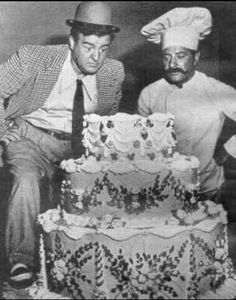 Mr. Bacciagalupe makes Lou a birthday cake Mr. Bacciagalupe makes Lou a birthday cake When I was growing up in New Jersey, most of my Saturday afternoons would be spent in the Mayfair matinee watching two movies and cartoons for 55 cents. Another 50 cents or so would buy me a Coke, some pretzels and Junior Mints. Many of the films I saw in that dark movie palace were Abbott and Costello films. Lou Costello was the funniest person on the planet--at least to my 10 year old mindset. The photo above shows Lou and Marjorie Reynolds in The Time of their Lives about two Revolutionary War ghosts cursed to spend eternity at the well in which their bodies were dumped. It's one of the best Abbott and Costello films ever. Like me, Costello was also a Jersey boy. He was born Louis Francis Cristillo on March 6, 1906, in Paterson, New Jersey, the son of Helen Rege and Sebastiano Cristillo. His father was Calabrese and his mother had a mixed family background... Italian, French, and Irish. As kids, we always used his famous line, "I'm a baaad boy!" They are playing the old Abbott and Costello shows again on cable TV... watch a few just for a laugh. --Jerry Finzi You can also follow Grand Voyage Italy on: Google+ StumbleUpon Tumblr Want to know the real in-s and out of the olive oil business? Want to know about the good guys versus the bad? How fake is the olive oil we buy here in the United States anyway? Well, get a copy of Extra Virginity and find out from a man who delved deeply into the slick, slippery world of olive oil. Mueller's investigative reporting on the olive oil industry started back in 2007 in The New Yorker's article Slippery Business: The Trade in Adulterated Olive Oil. He goes even deeper into the subject in Extra Virginity: The Sublime and Scandalous World of Olive Oil, his first book on the subject. Mueller applauds the saints of the trade and blatantly points an accusing finger at the demons who lie, cheat and fake their way into making huge profits on phony oil. As you read, you will also learn how olive oil--especially Extra Virgin Olive Oil--is made and who it should be protected. Buy the book on AMAZON. Click the link to read our article on olive oil:
All About Italian Olive Oil: The Good, the Bad and the Amazing...
It has a perfect amount of friendly acidity that would pair with both pastas and meat dishes. It's made from a Sicilian Frappato grape that apparently loves growing in the Pugliese sunshine and rocky soils. It's a little more than we like to pay but well worth it. In fact, this $20 bottle is far better than most $50 bottles we've had. Highly recommended.
--Jerry Finzi You can also follow Grand Voyage Italy on: Google+ StumbleUpon Tumblr |
Categories
All
Archive
January 2021
|


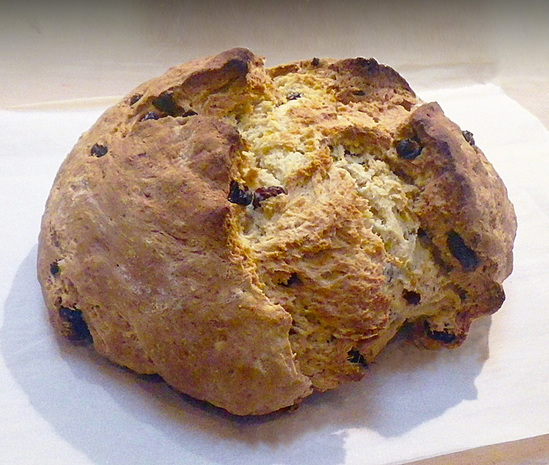
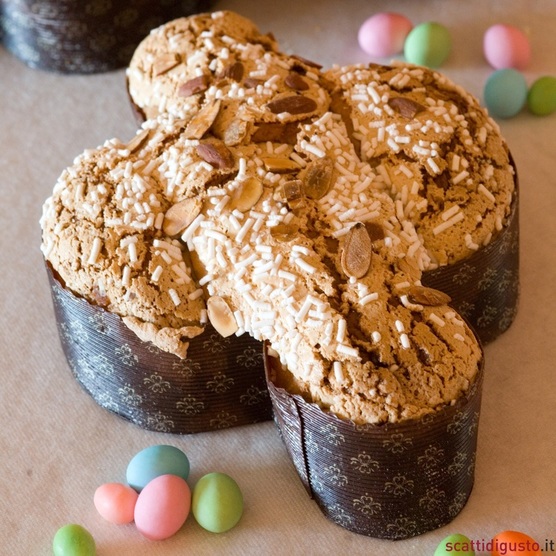
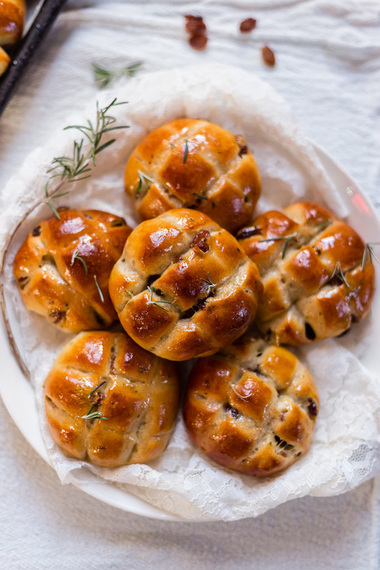
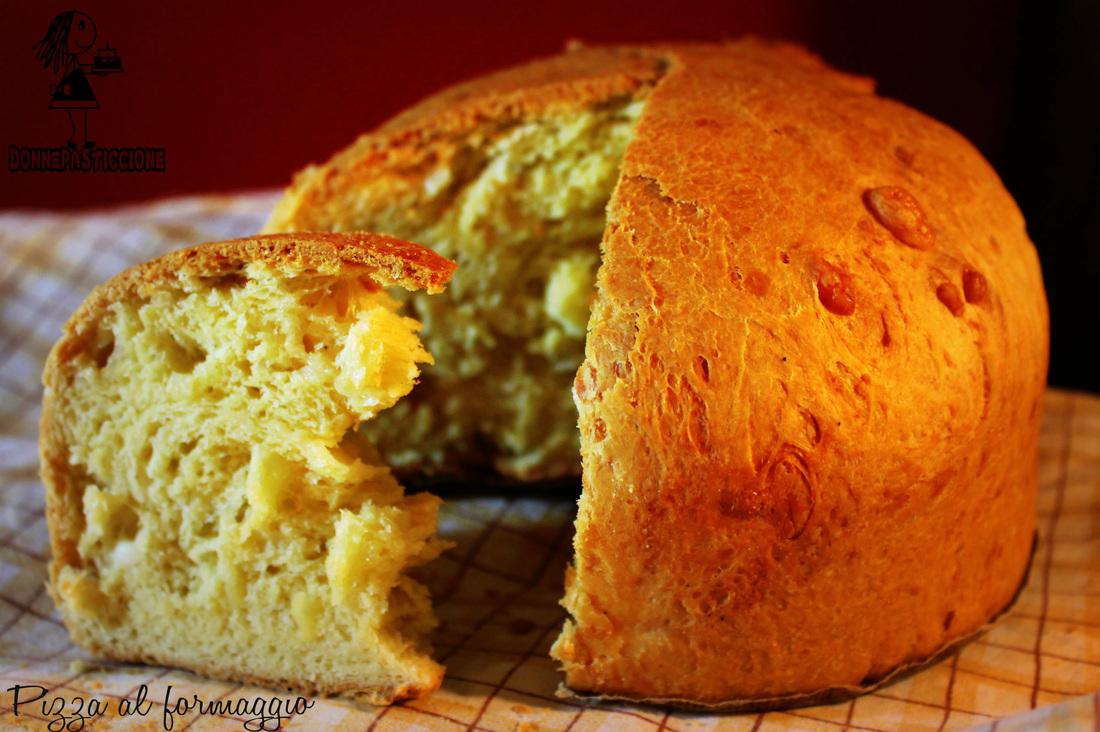
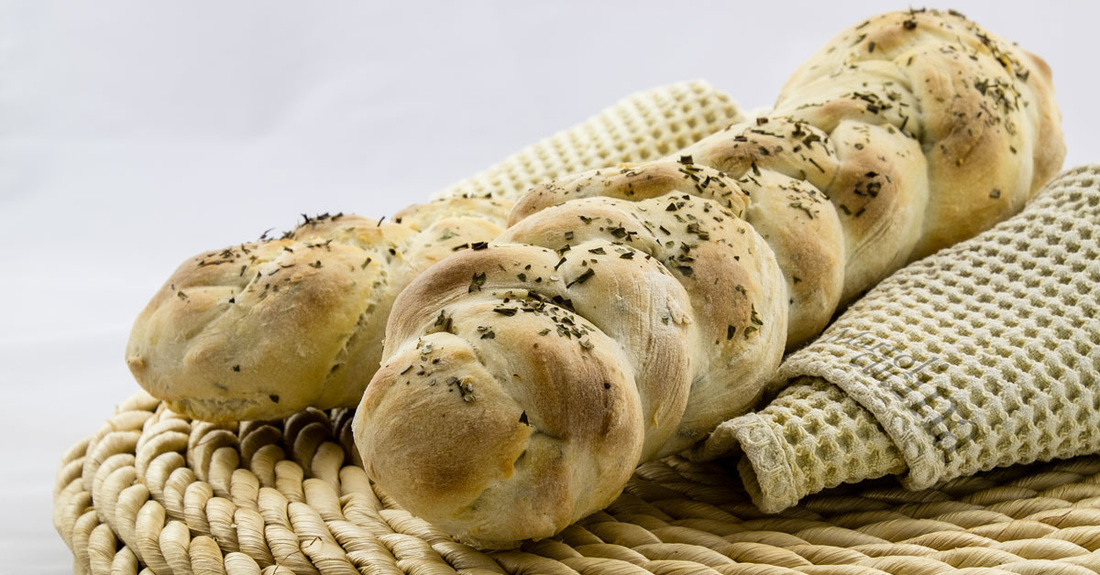
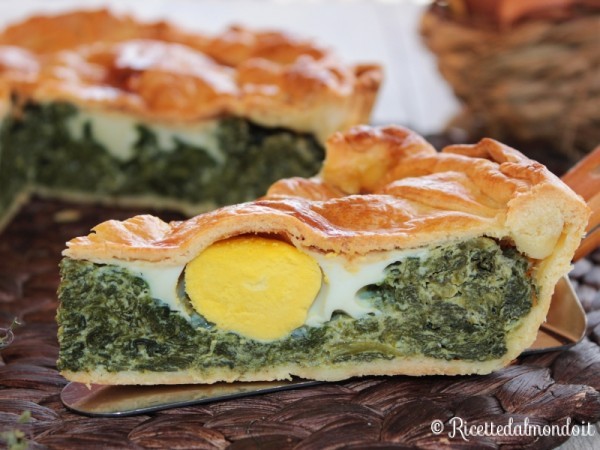
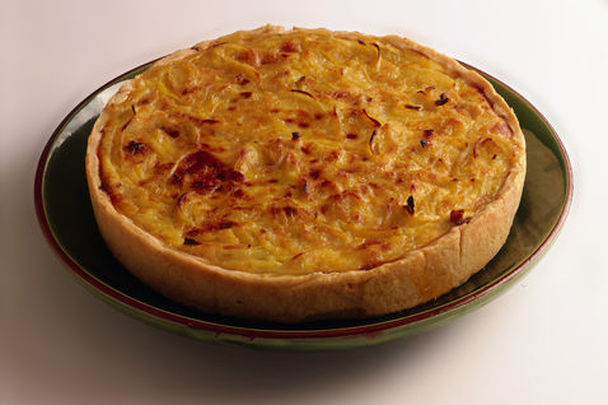
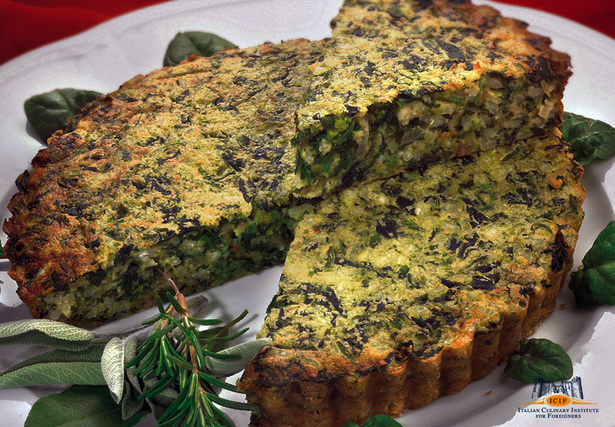
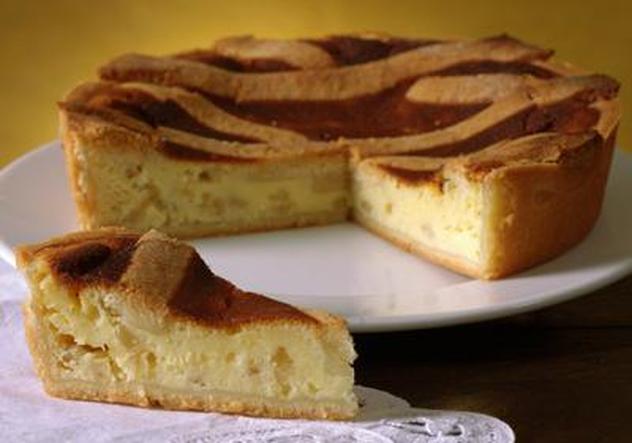
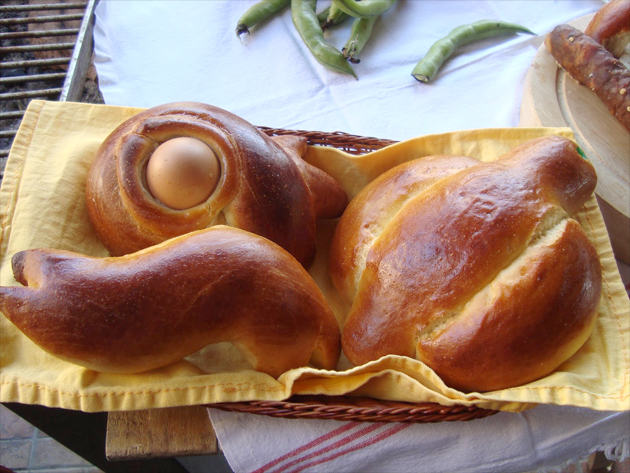
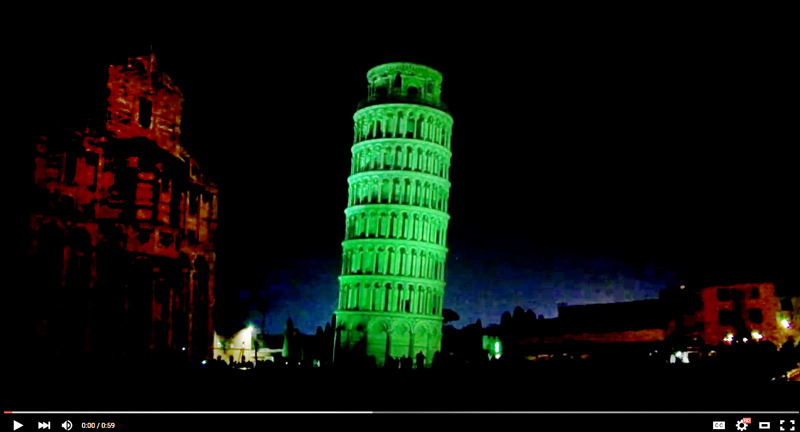
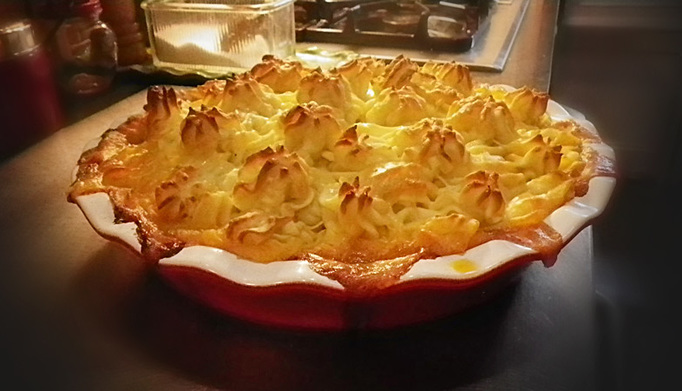
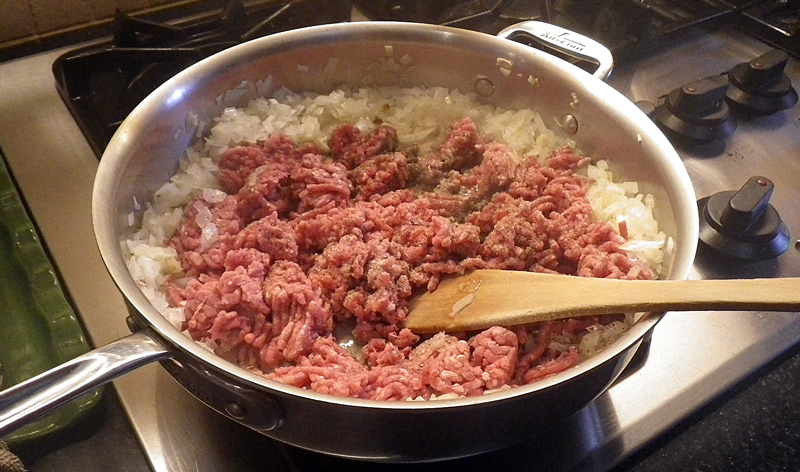
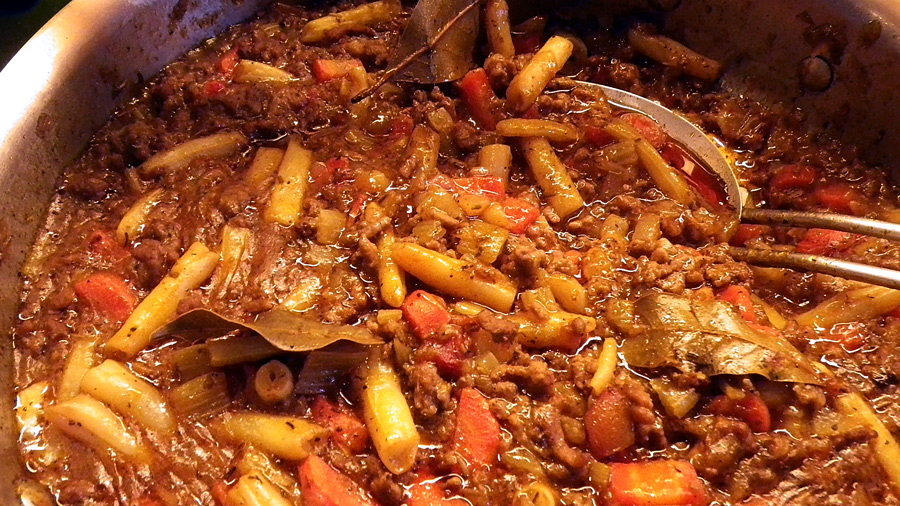

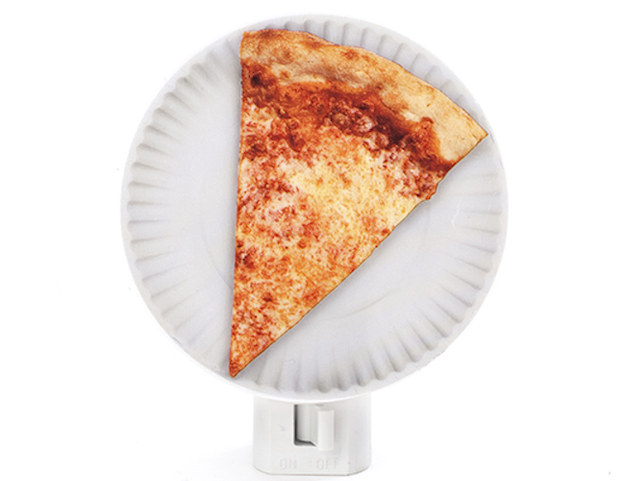

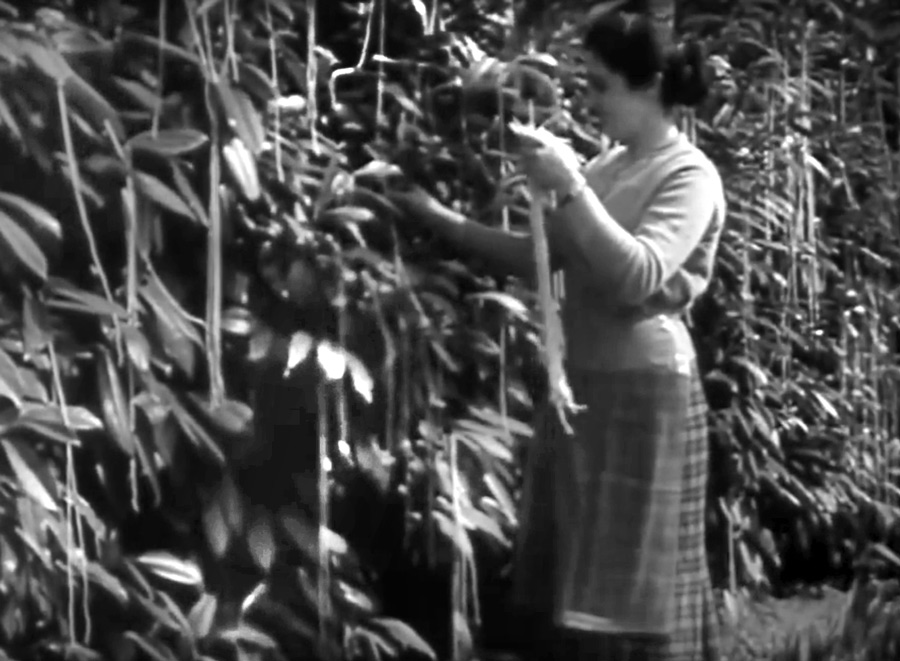
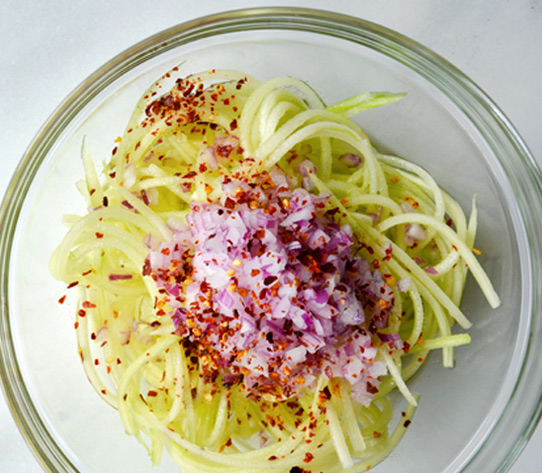
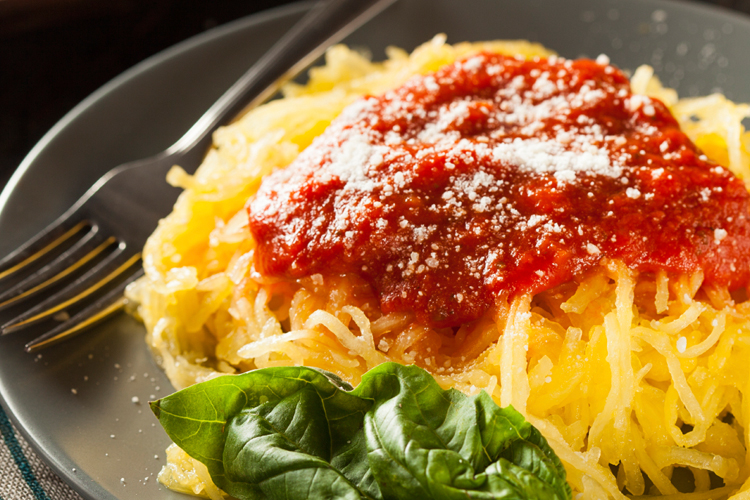
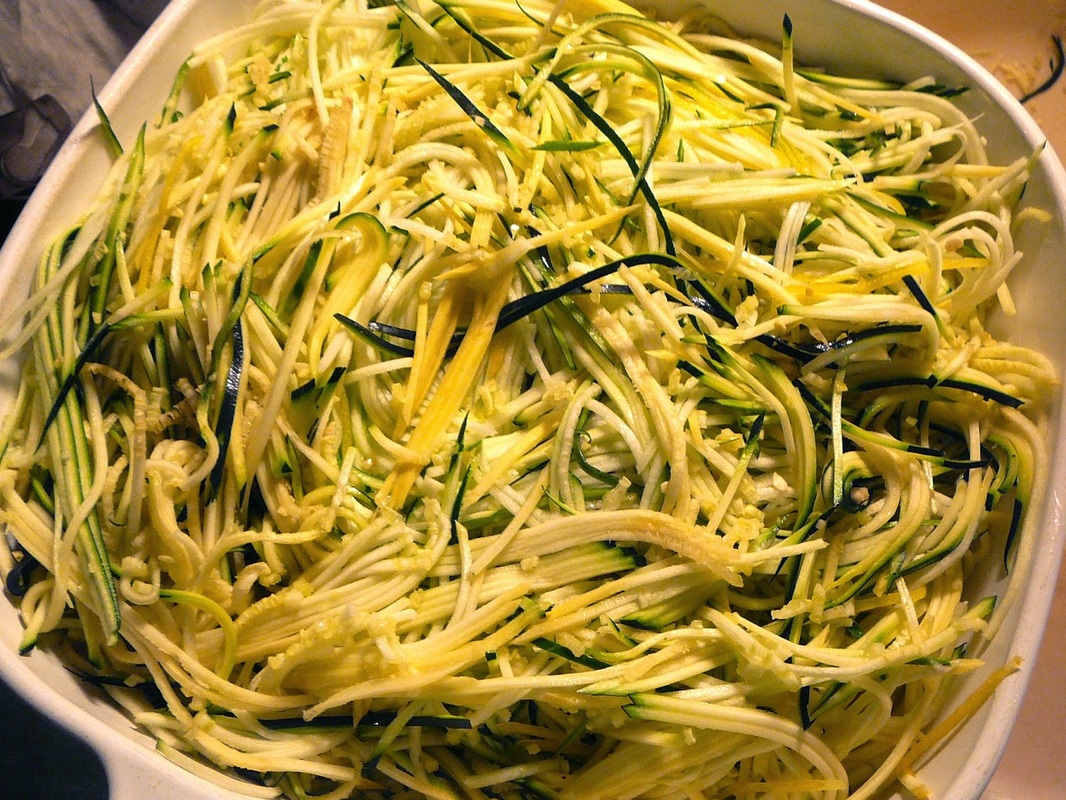
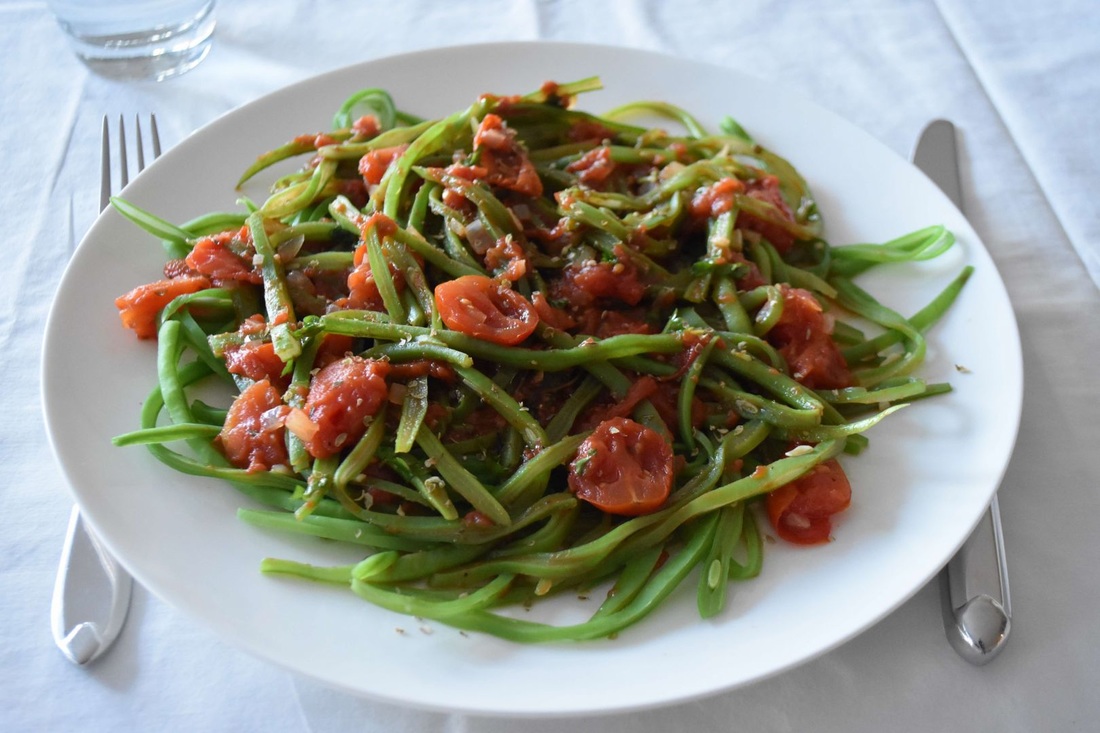
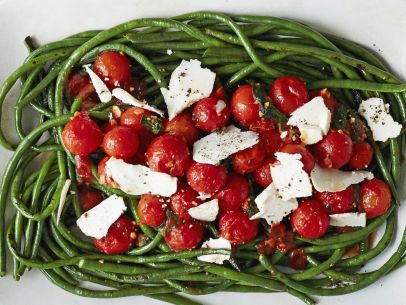

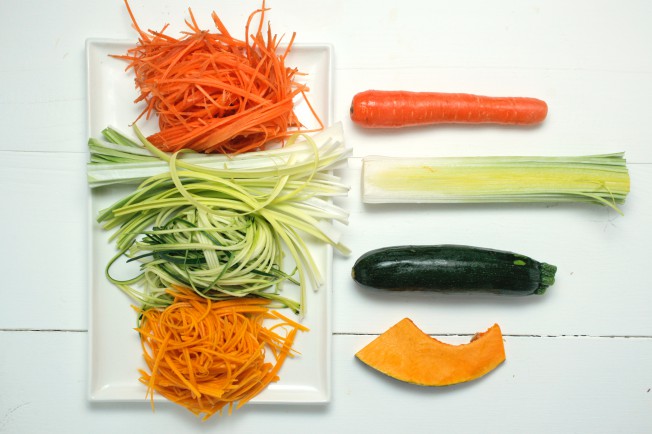
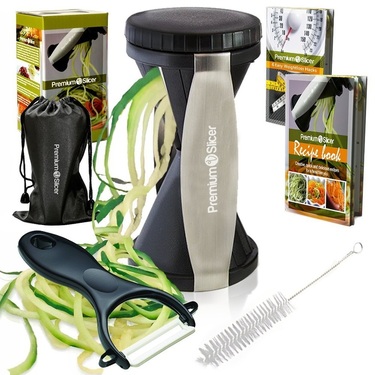


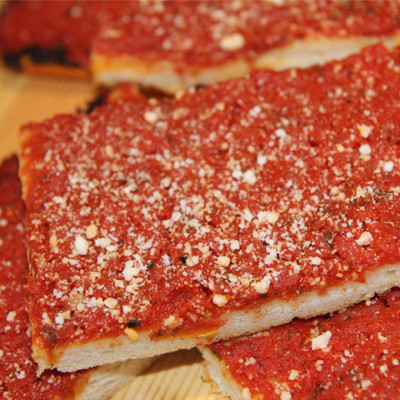
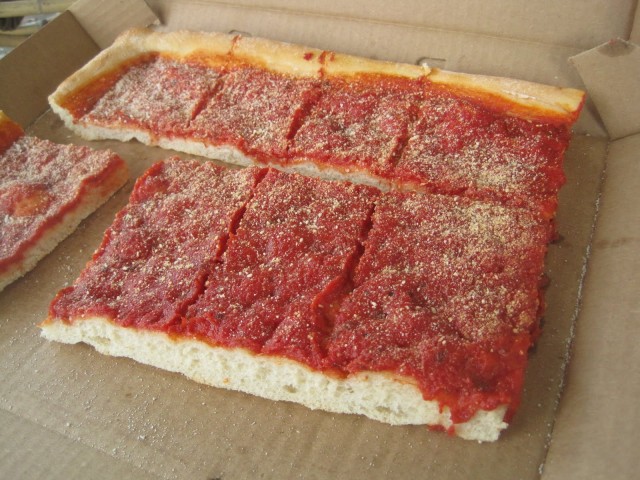
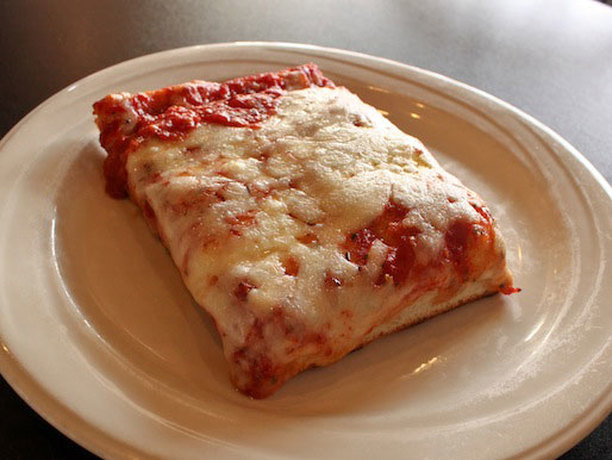
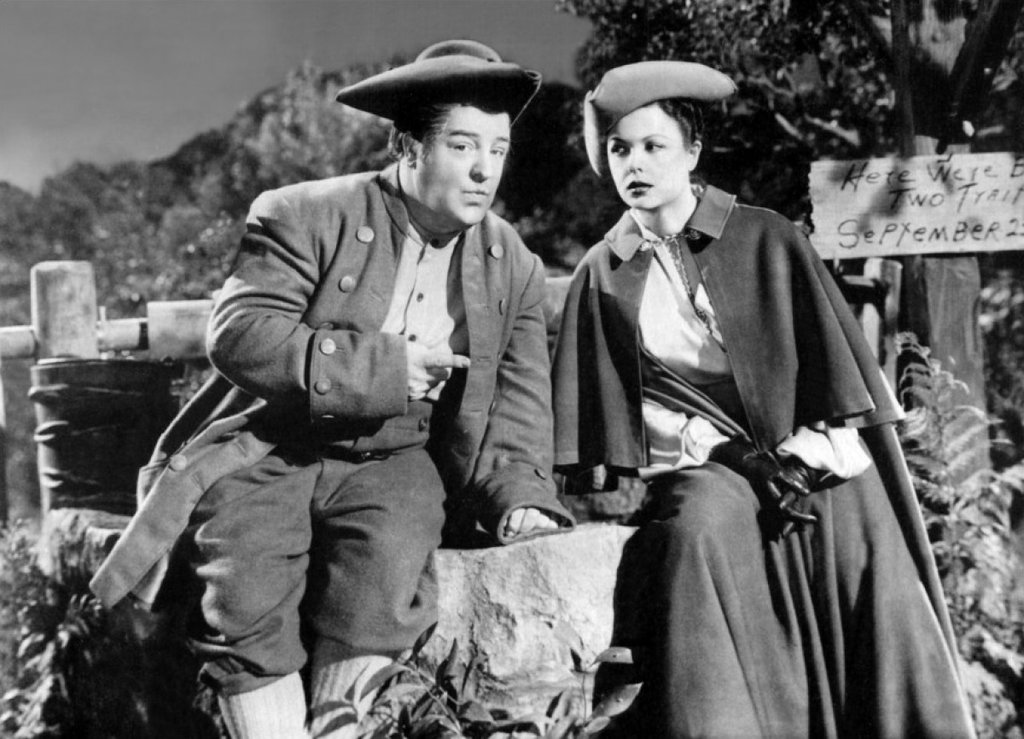

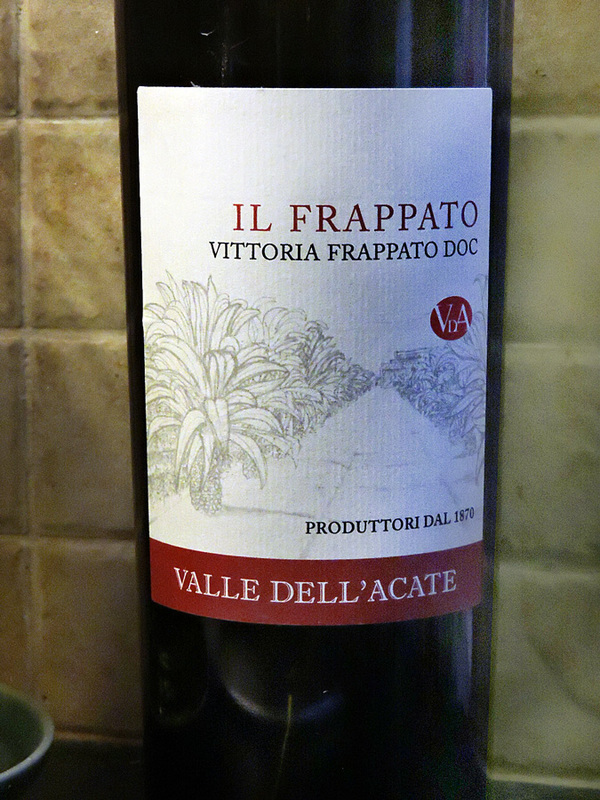
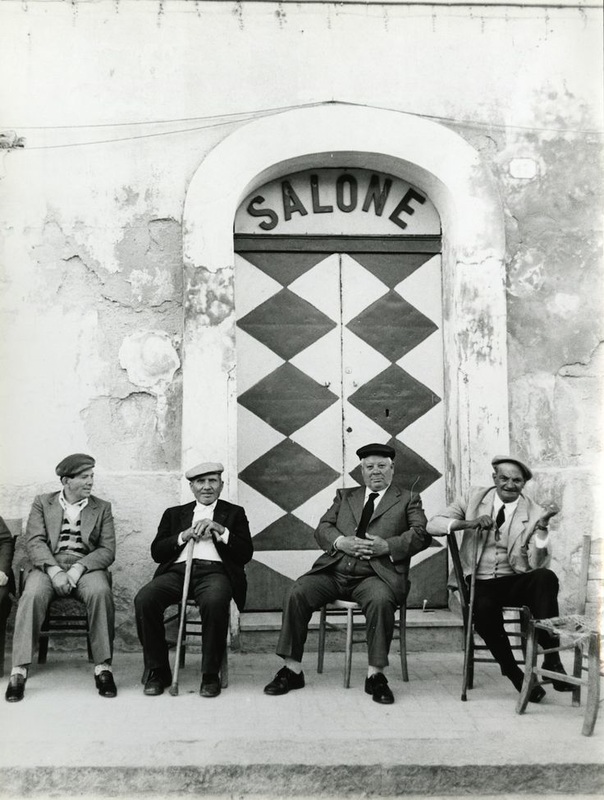
 RSS Feed
RSS Feed
